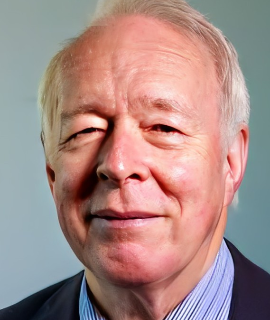Dental Pulp
Dental pulp, also referred to as pulpal tissue, is essential to a healthy functioning tooth. The dental pulp is a soft tissue located at the center of each tooth in the root canals, connecting each tooth’s crown to its roots. It is made up of cells, capillaries, connective tissues, nerve endings, and is enclosed in a membrane known as the dentin. Its primary role is to protect the highly sensitive and delicate sensory nerve endings, keeping them safe from bacteria and other harmful substances that enter the mouth cavity. It does this by forming a barrier between the nerve endings and harmful agents, allowing the nerve tissue to remain healthy. The dental pulp also plays an important role in the development of a healthy tooth. It produces and secretes dentin, which is the predecessor to tooth enamel. Dentin is responsible for creating the crown of each tooth and is essential for the formation of healthy, strong teeth. Though important, the dental pulp is not a necessary component of a tooth. If it becomes damaged, a root canal procedure may be prescribed to save the tooth. The procedure involves cleaning and disinfecting the root canal to remove the tissue, and then sealing the area with a special material to ensure bacteria cannot enter the area in the future. Though the dental pulp is important to the form and function of a healthy tooth, it is also subject to injury and infection. Common causes of injury or infection of the dental pulp include trauma, cavities, and deep cracks. If the condition is not managed quickly, the tooth may not be able to be saved and will need to be extracted. In conclusion, the dental pulp is an essential part of a healthy tooth and is responsible for protecting the delicate nerve tissue and aiding in the formation of a healthy tooth. Though not necessary, dental pulp helps contribute to the overall health of teeth and is subject to injury and infection. If left untreated, it may lead to the loss of the tooth.

David Geoffrey Gillam
Queen Mary University of London, United Kingdom
Christopher Turner
Spacemark Dental, United Kingdom




Title : Evaluating hygienist follow up for head and neck oncology patients in secondary care: Results from a two cycle audit
Peter Basta, Newcastle Dental Hospital, United Kingdom
Title : Atypical facial pain unravelled
Christopher Turner, Spacemark Dental, United Kingdom
Title : New treatment of temporomandibular disorder through muscle balance and muscle regeneration by activation of quiescent muscle stem cells( satellite cells) with mitochondrial dynamics
Ki Ji Lee, National Reserach Foundation & Busan Medical University, Korea, Republic of
Title : MRONJ and ORN: Referral or management in primary care? Navigating guidelines in the context of long waiting lists
Alisha Sagar, NHS England, United Kingdom
Title : Managing the unexpected: An Insight into supernumerary teeth
Bahar Gharooni Dowrani, Guy's and St Thomas' NHS Foundation Trust, United Kingdom
Title : Laxative prescribing for post operative head and neck cancer patients at Derriford Hospital
Pui Sze Kylie Li, Cardiff and Vale University Health Board, United Kingdom